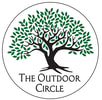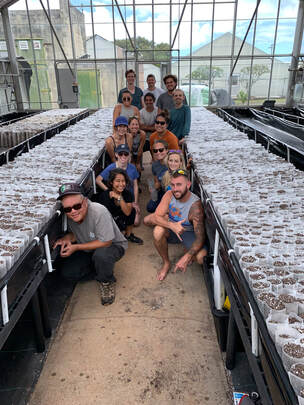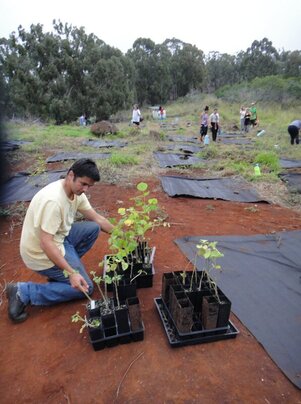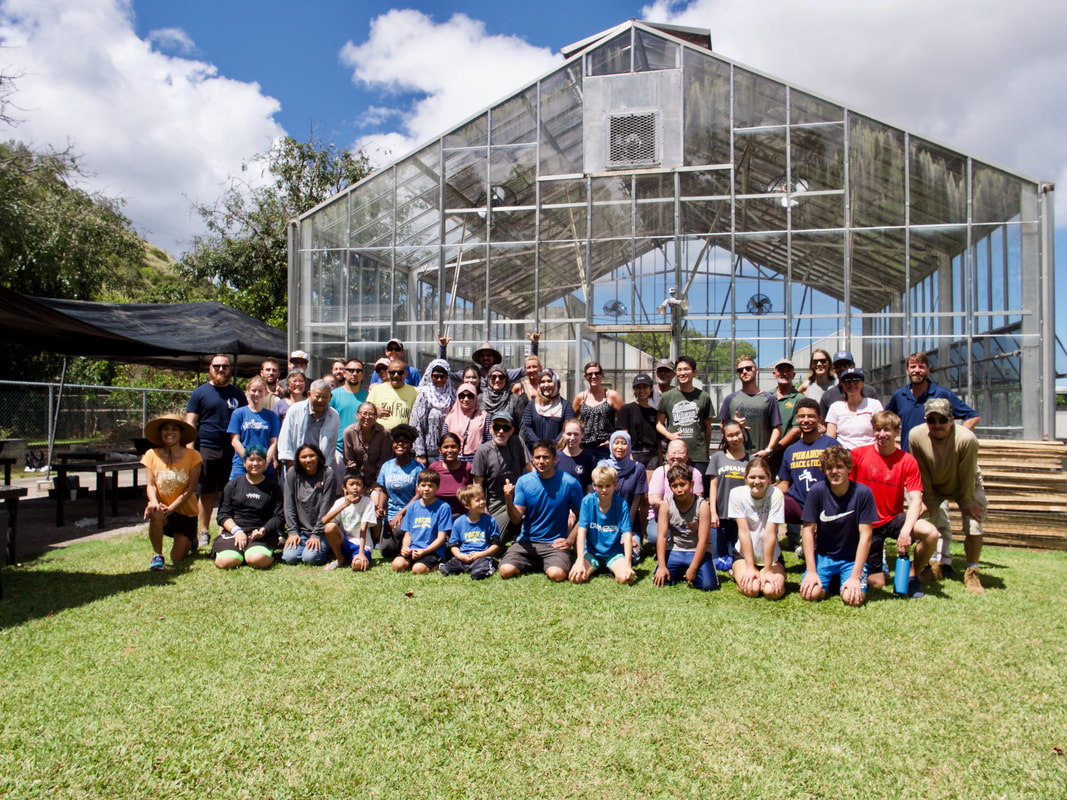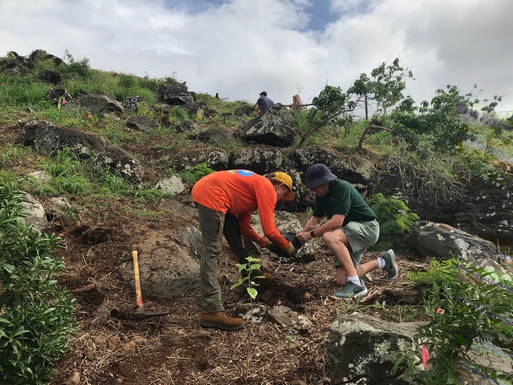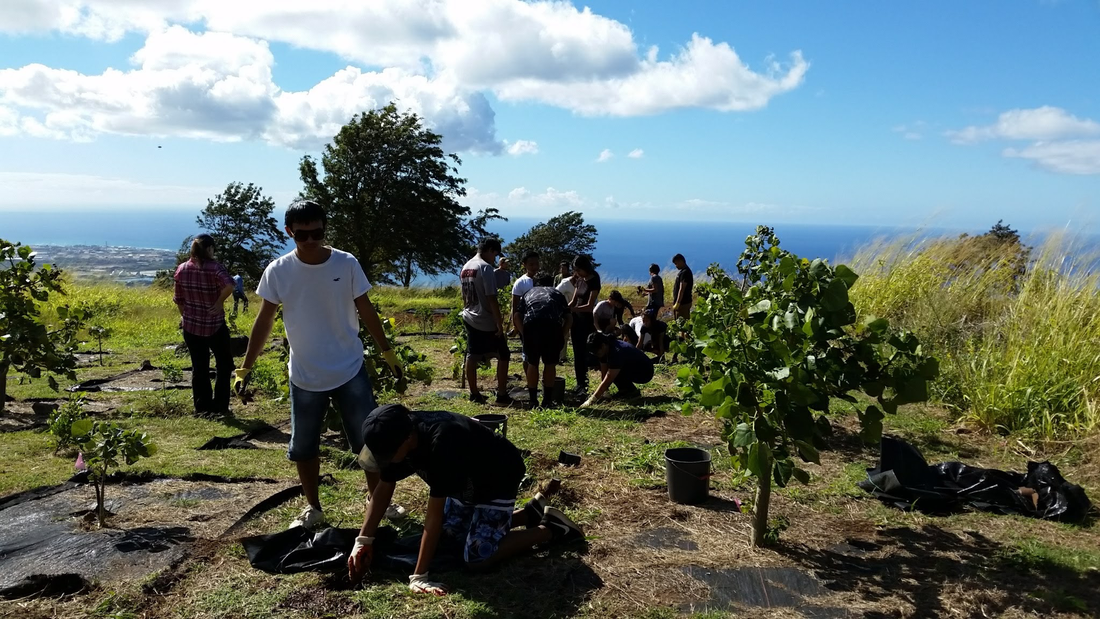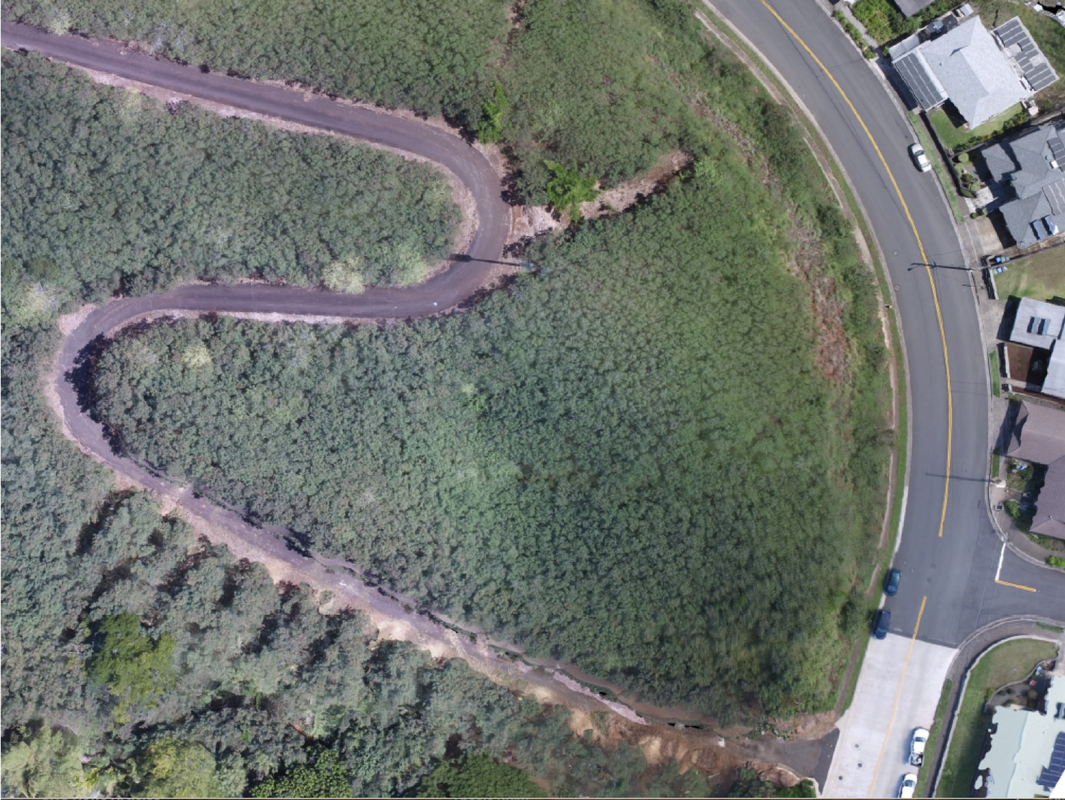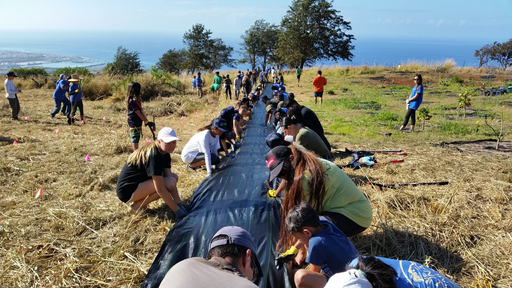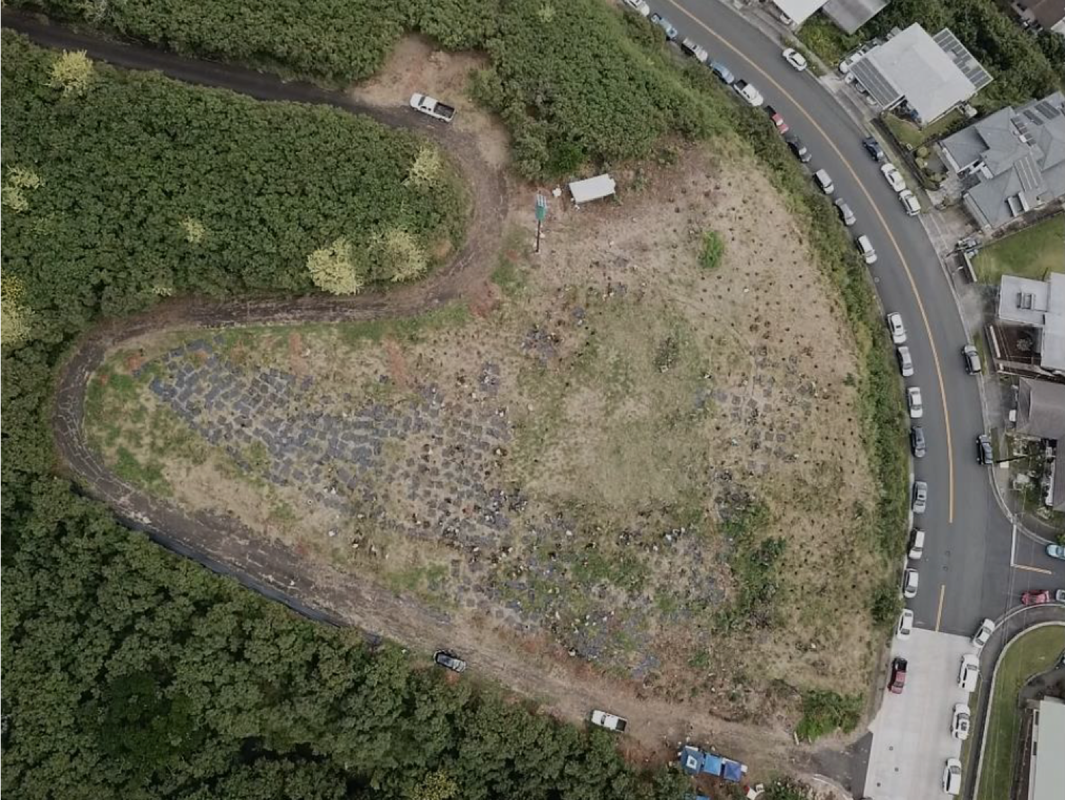Carbon Neutrality Challenge
In 2016, TOC announced a new collaborative program that it had begun to undertake with the Mora Lab at the University of Hawaii called the “Carbon Neutrality Challenge.” This program uses a three tier approach focused on education, a unique carbon footprint calculator that tells you how many trees of a given species you need to plant to become carbon neutral and finally, a means to achieve this goal of carbon neutrality through the planting of trees at one of the program’s sites. Over this time, students from elementary schools through to the university level have participated in this program and has led to the planting of over 1,300 native Hawaiian tree species at our Camp Palehua and Ala Mahamoe sites. Now, with the experience gained from this pilot project, the program will be expanding in scope to provide further access to additional students and the general public which will ultimately see many more trees planted around the State of Hawaii. In November, 2018n the Carbon Neutrality Challenge program undertook its largest planting event to date, seeing over 1,100 native trees consisting of 18 different species planted in a single day with over 220 volunteers turning out for the event. To help with the maintenance of these trees, all plants received a 4x4 ft weed cloth barrier and some were outfitted with a newly designed watering device created by Dr. Camilo Mora of the University of Hawaii’s Geography and Environment Department. This has led to a very high survival rate for these saplings and will also reduce the amount of effort required to maintain these trees.
The amount of interest and support for this program has grown exponentially over the past two years to the point where TOC’s Programs Director, Myles Ritchie, recently presented on the Carbon Neutrality Challenge at this years “Alliance for Community Trees”conference, which is a part of the larger annual “Partners in Community Forestry”conference put on by the Arbor Day Foundation. As a result of this presentation, TOC received positive comments and other feedback about the program that will help make it ever more successful and saw interest from other organizations around the nation that will ultimately lead to a more environmentally aware and knowledgeable generation of students and general population who will help reforest not only Hawaii, but the rest of North America.
The excitement and potential of this program cannot be understated. If things progress as planned, over the next few years, tens of thousands of new trees will be planted across Hawaii and will help curb the alarming trend that has recently been seen through the loss of our forests, both urban and in other areas.
The program is currently preparing for a 10,000 tree planting event in October, 2019. As a result, thousands of trees have already been propagated at our greenhouse and we cannot express enough gratitude to all of those who have helped with this process thus far.
To learn more about this program and how you can get involved, please email TOC's Programs Director, Myles Ritchie, at [email protected]
The excitement and potential of this program cannot be understated. If things progress as planned, over the next few years, tens of thousands of new trees will be planted across Hawaii and will help curb the alarming trend that has recently been seen through the loss of our forests, both urban and in other areas.
The program is currently preparing for a 10,000 tree planting event in October, 2019. As a result, thousands of trees have already been propagated at our greenhouse and we cannot express enough gratitude to all of those who have helped with this process thus far.
To learn more about this program and how you can get involved, please email TOC's Programs Director, Myles Ritchie, at [email protected]
|
Figure 5. Volunteers at the Palehua Site (Source: Mora Lab/Malama Learning Center/KUPU)
Figure 7. Ala Mahamoe Site covered with Koa Haole before native planting (Source: KMWP)
|
Figure 6. Volunteers at the Palehua Site (Source: Mora Lab/Malama Learning Center/KUPU)
Figure 8. Ala Mahamoe Site with 1,100 native trees (18 species) after Nov, 2018 planting event
(Source: KMWP) |
